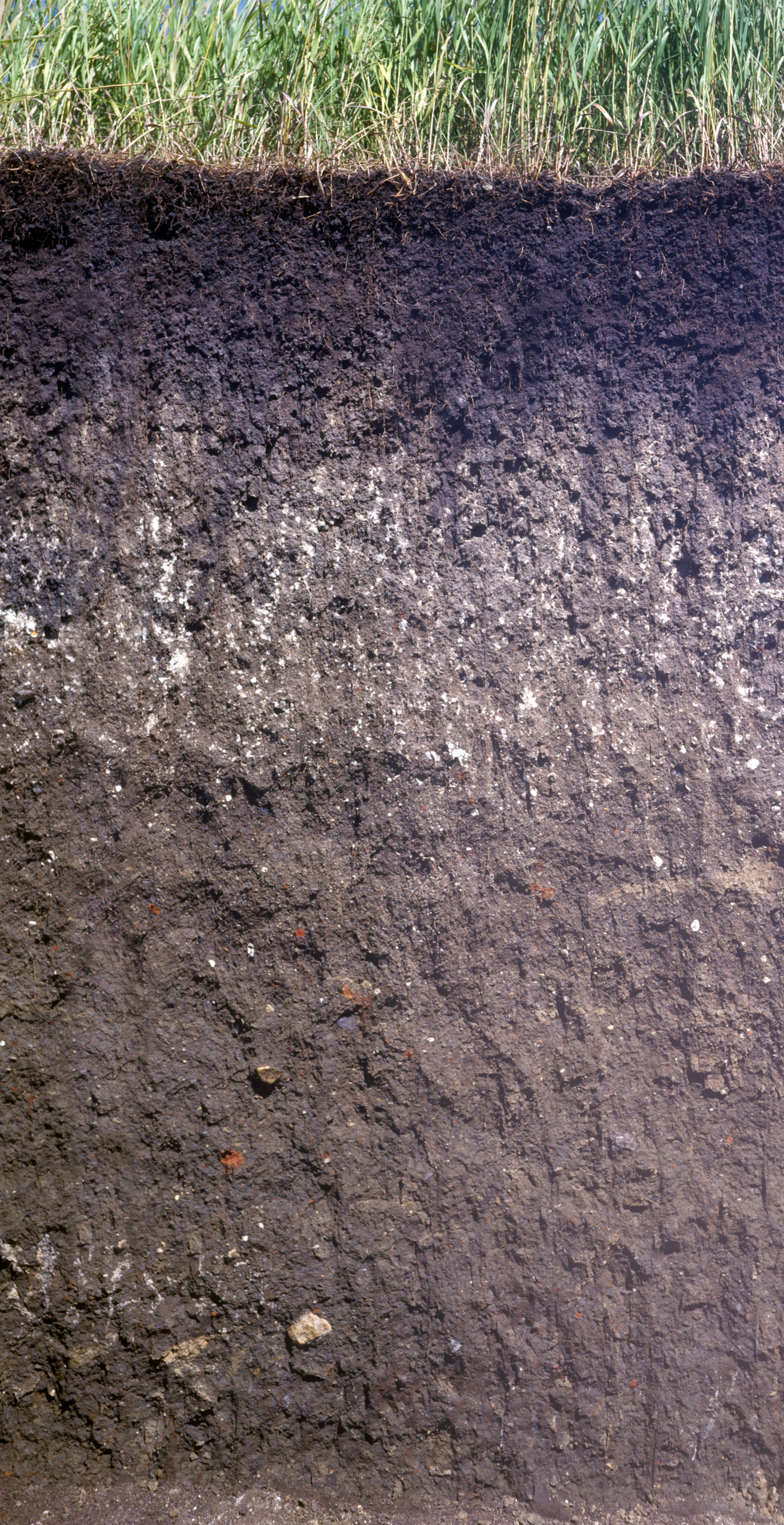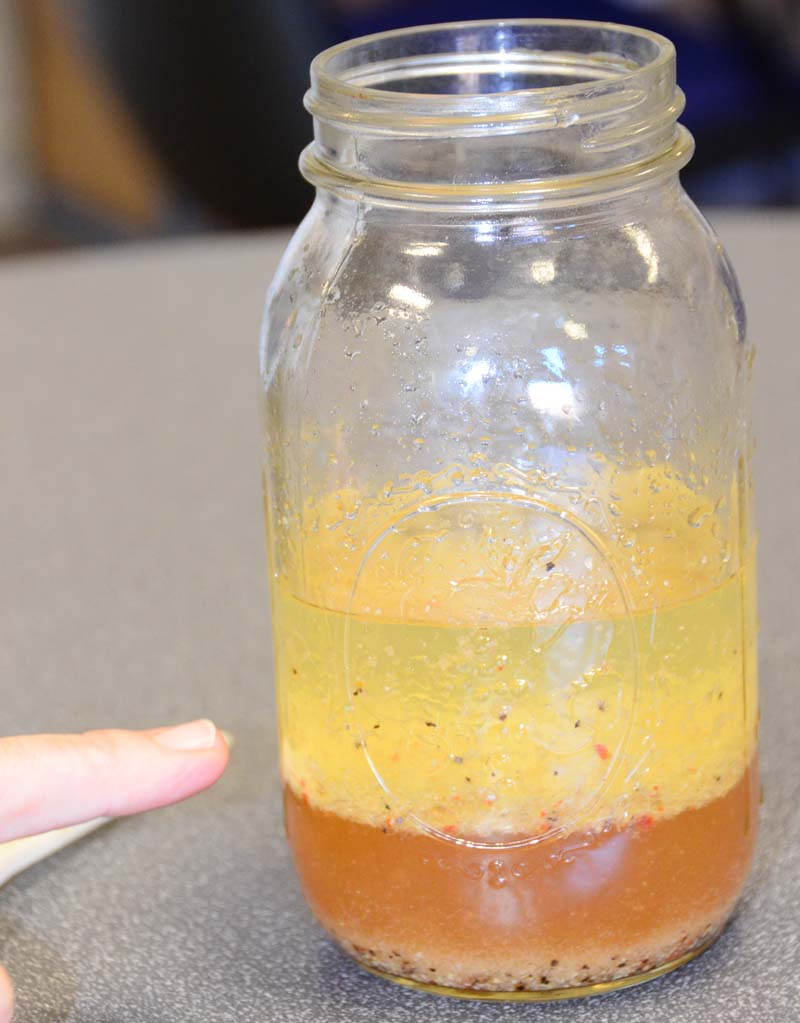All soil is made up of solid materials (sand, silt, clay) and organic matter, just in different quantities depending on their location and CLORPT factors. CLORPT stands for Climate, Organisms, Parent Material, Time and Topography. These five soil factors affect all of the soils on the planet and describe the physical characteristics that have contributed to the development of soils over time.
Climate
Temperature and rainfall affect the color of soil, acidity levels, and presence of organic matter. Leaching, or the removal of soil materials, occurs during high rainfall by water that is flowing through the soil. Soils in climates that are warm and moist have lots of organic matter and support plant growth, opposite of hot and dry climates.
Organisms
Organisms in the soil, such as plants and animals, play an important role in increasing organic matter and humus in the soil. Roots on plants help to mix soil particles and break up large rocks in the soil, providing channels for movement of water and air. The foliage of the plant decays and adds organic matter to the soil. Animals within the soil, such as earthworms, insects, and burrowing animals, help in continued mixing of the soil and carry plant debris down to the topsoil.
Parent Material
Parent materials are weathered geological matter that has formed the soil that we see. Most parent materials are a type of bedrock such as sandstone or basalt. Sediments that are translocated by water, wind, or ice, such as volcanic ash, lake laid silts, dune sand, and glacial gravels, are other parent material types.
Time and Topography
Young soils share similar characteristics and properties with their parent material. As soil gets older and new characteristics are forming, the inherited properties become less and less evident. The position of the landscape causes soil moisture, temperature, and parent material to change. Slopes can cause the collection of water at the bottom with little to no collection at the top. The bottom of the slope can also collect transported materials that may not be present at the top. Directional slopes can also have different temperatures. A north-facing slope could be cooler than a south-facing slope.
A soil horizon is a layer of soil that forms from physical, chemical, and biological properties resulting from soil-forming processes. Each horizon is distinguishable by certain characteristics. A vertical view of the soil that displays the divided layers or horizons is known as a soil profile.
O Horizon – Organic
The O horizon is made up of nearly 100 percent organic material consisting of decaying leaves, twigs, or peat. O horizons usually appear in forest soils or in wet bog and swamp soils.
A Horizon – Surface Layer
The A horizon is often called the top soil. This layer is where most of the organic matter is found (i.e., worms, bugs, plant growth, microscopic organisms, dead organisms, decaying plants). Top soil is the darkest colored and most fertile layer of soil. The depth of this horizon can be a few inches in dry soils or more than 20 in wetter soils. This is the layer of soil where gardeners and farmers plant gardens and crops which provide an ideal environment for the growth of roots.
E Horizon – Eluviation Layer
The E horizon appears light gray or white due to the leaching of iron and organic material. When present, the E horizon is below the O horizon or the A horizon. The E horizon appears in sandy soils and in some wet, silty soils.
B Horizon – Subsoil
The B horizon is usually yellowish brown or reddish brown in color and doesn't contain much organic matter. This layer contains clay, nitrogen, minerals, and salts which have leached from the surface layer. Although it can be rich in minerals, this layer isn't good for growing plants because it lacks organic matter.
C Horizon – Parent Material or Regolith
The C horizon is the substratum layer and has less change than the layers above it. This layer has large deposits of sand, gravel, pebbles, rocks, and even boulders. This layer would support very little plant growth.
 the students the
the students the  the students the Soil Profile Photo. Ask, "How long did it take for these soil horizons to form?" Remind the students that soil horizons form over hundreds, thousands, and even millions of years. It is a process we can see after it has happened, but not in action. Explain that they will observe a demonstration that will help them see how horizons are formed—almost like a time-lapse.
the students the Soil Profile Photo. Ask, "How long did it take for these soil horizons to form?" Remind the students that soil horizons form over hundreds, thousands, and even millions of years. It is a process we can see after it has happened, but not in action. Explain that they will observe a demonstration that will help them see how horizons are formed—almost like a time-lapse.